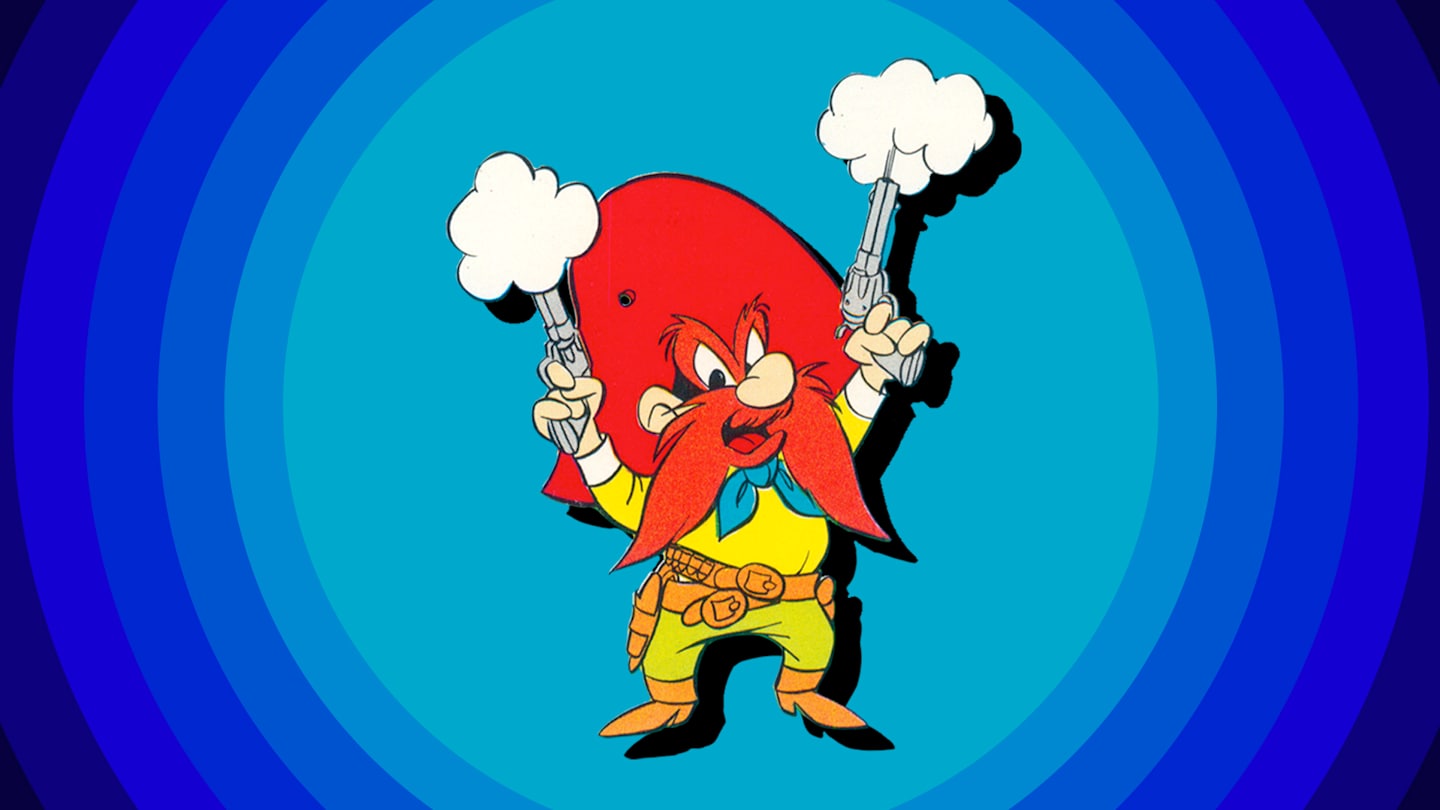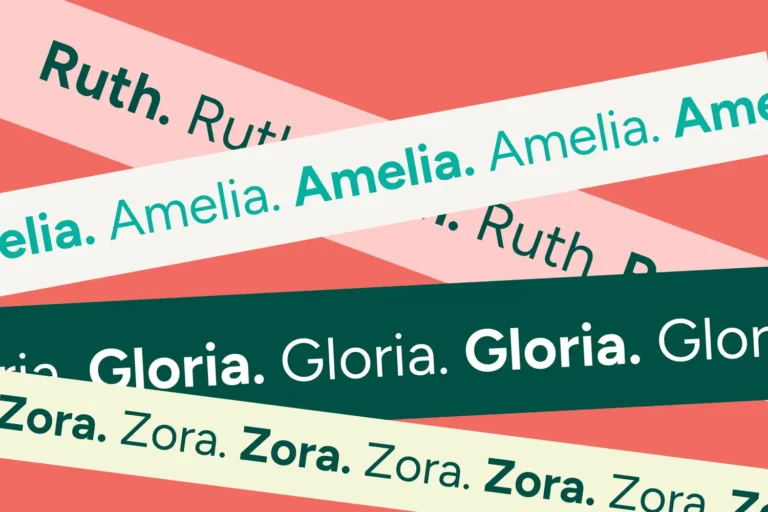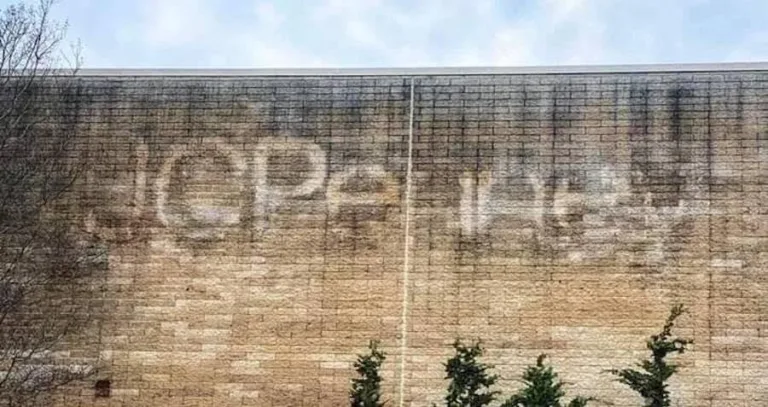Have you ever heard someone exclaim “What in tarnation?” and picture a dusty saloon straight out of The Wild West? This colorful phrase, often associated with cowboys and frontier life, actually has a surprisingly rich history that stretches far beyond the American frontier.
While it evokes a sense of homespun Americana and rough-and-Tumble Characters, “What in tarnation?” didn’t originate on a dusty desert trail. In fact, its earliest recorded use was way back in 1787, not in a saloon brawl but in a play set in New York City! This makes us wonder: how did this phrase jump from the stage to become synonymous with The Wild West?
This journey takes us through the evolution of language, exploring the influences that shaped “What in tarnation?” into the iconic expression we know today. We’ll uncover its roots in milder Expressions Like “darnation” and “tarnal,” Delve Into Its 19th-Century Rise To Popularity, and finally explore how it became so deeply intertwined with our perception of The Wild West, Even If who said what in tarnation is a bit of a misremembering. Get ready to discover the fascinating story behind this uniquely American phrase!
The Evolution Of Tarnation
Tarnation itself is a fascinating word with roots that go back further than its most famous use in exclamations. It’s actually a variant of “darnation” and “tarnal,” milder curses that emerged as alternatives to the more forceful “damnation.” These gentler expressions likely arose in response to growing social awareness about swearing, Particularly Within Religious Circles.
Throughout the 19th century, “tarnation” gained traction as a common way to express mild frustration or surprise. It became associated with rural America and its folksy charm, often appearing in literature and songs that depicted life on the frontier. This connection to a simpler, more honest way of life helped cement “tarnation” as a distinctly American expression.
Interestingly, while the phrase’s roots lie in milder forms of protest, it gradually evolved to carry a sense of incredulity and sometimes even outrage. This shift may be attributed to its use in situations where people were expressing disbelief or astonishment at something unexpected or bewildering, often with a hint of Southern charm. The evolution of “tarnation” from a simple curse to a catchphrase for surprise and bewilderment highlights how language constantly adapts and transforms Over Time.
From Stage Play to Wild West Icon
It seems our journey to the heart of “What in tarnation?” takes a surprising turn back to 18th-century New York City! That’s where we find its earliest Recorded Use, not amidst gunfights and cattle drives, but on the stage. While it’s easy to imagine cowboys shouting this phrase in frontier towns, the truth is quite different.
This early appearance suggests that “tarnation” was already making its way into common speech and finding a place in theatrical dialogue before it became associated with The Wild West. This hints at a gradual shift in perception, perhaps fueled by popular literature and Evolving Cultural Trends.
As westward expansion gained momentum during the 19th century, the image of the rugged individualist facing the challenges of the frontier captured the imagination of Americans. This romanticized view of The Wild West likely played a role in solidifying “tarnation” as a quintessential expression of that era, even though its origins lie elsewhere. So while who said what in tarnation might be a bit of a mystery, we can trace its journey from the stage to the saloon and see how it became intertwined with our cultural understanding of The Wild West.
 Hard to Pronounce Last Names: 25 British Titles Demystified
Hard to Pronounce Last Names: 25 British Titles DemystifiedYosemite Sam and the Misattribution Myth
Many people associate the phrase “What in tarnation?” with Yosemite Sam, the fiery gunslinger from Looney Tunes cartoons. His iconic outbursts and explosive temper seem to perfectly embody the Wild West spirit. However, while Yosemite Sam is undoubtedly a Beloved Character, His Catchphrase isn’T Actually “What in tarnation?”
Sam’s signature lines are more along the lines of “Great horny toads!” and insults like “varmint” and “galoot.” This might seem confusing, but it highlights how our collective memory can sometimes get things mixed up. The powerful association between Sam and The Wild West, combined with the prevalence of “What in tarnation?” in other shows like Gunsmoke and The Beverly Hillbillies, may have led to a widespread Misattribution Over Time.
This common misconception shows how media influences our perceptions and how even beloved characters can contribute to the evolution of language, Sometimes Unintentionally. So while Yosemite Sam might not be shouting “What in tarnation?” As Often As We Remember, his fiery personality certainly played a role in cementing this phrase within our cultural understanding of The Wild West.
Popular Culture’s Influence on Phrase Usage
Beyond its roots in everyday speech and its early appearances on stage, “What in tarnation?” truly took flight thanks to popular culture’S Embrace. Shows like Gunsmoke and The Beverly Hillbillies, set against the backdrop of The Old West, frequently used this phrase, giving it a prominent place in American cultural consciousness.
These shows not only reinforced the Association Between “tarnation” and The Wild West but also contributed to its widespread use in Other Contexts. Suddenly, everyone from rural farmers to city slickers seemed to be uttering this phrase when faced with surprise or disbelief. This demonstrates how media can have a profound impact on language, shaping our vocabulary and influencing how We Communicate.
Interestingly, “What in tarnation?” also found its way into contemporary music, further cementing its place in popular culture. It became a recurring element in country songs and folk ballads, often used to add a touch of humor or nostalgia. This continued use across various genres highlights the phrase’s enduring appeal and its ability to Transcend Generational Divides.
A Lasting Legacy: Tarnation Today
Today, “What in tarnation?” remains a recognizable phrase, though perhaps not as common as it once was. It’s often used in casual conversation or written dialogue to convey surprise, disbelief, or mild exasperation. While its usage has certainly declined Compared To Its Golden Age, it still holds a nostalgic charm and serves as a reminder of Simpler Times.
The enduring appeal of “tarnation” speaks to its versatility and timeless quality. It’s a phrase that can evoke humor, nostalgia, and even a sense of authenticity. While modern language is constantly evolving, certain phrases like this one manage to withstand the test of time, becoming part of our shared cultural lexicon.
This enduring legacy highlights how language is not static but rather a living entity that evolves and adapts Over Time. Phrases can rise in popularity, Fade From Common Use, and then experience revivals, reflecting changing social trends and cultural influences. “What in tarnation?” stands as a testament to the dynamic nature of language and its ability to capture our collective imagination.
More for curious minds
Unlock extra content and exclusive deals tailored to your interests.










